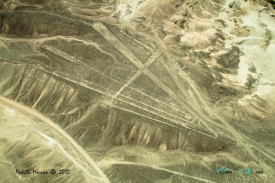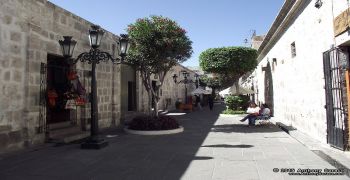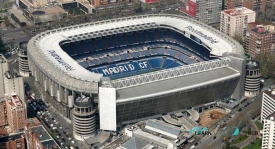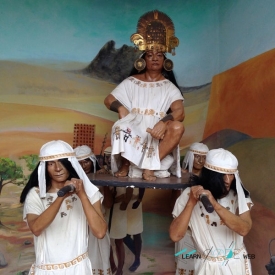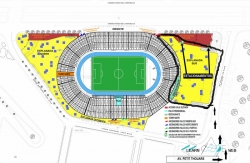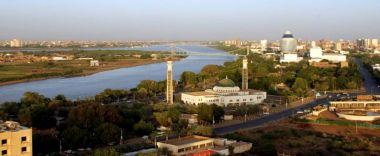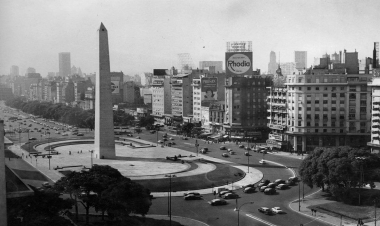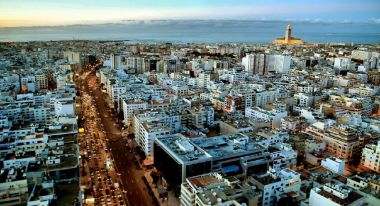ABOUT Caesarea National Park
Caesarea Maritima (; Greek: Παράλιος Καισάρεια Parálios Kaisáreia), formerly Strato's Tower, also known as Caesarea Palestinae, was an ancient city in the Sharon Plain on the coast of the Mediterranean, now in ruins and included in an Israeli national park.
The city and harbour were built under Herod the Great during c. 22–10 or 9 BCE near the site of a former Phoenician naval station known as Stratonos pyrgos (Στράτωνος πύργος, "Straton's Tower"), probably named after the 4th century BCE king of Sidon, Strato I.
It later became the provincial capital of Roman Judea, Roman Syria Palaestina and Byzantine Palaestina Prima provinces. The city was populated throughout the 1st to 6th centuries AD and became an important early centre of Christianity during the Byzantine period, but destroyed during the Muslim conquest of 640, after which it lost its importance. After being re-fortified by the Muslims in the 11th century, it was conquered by the Crusaders, who strengthened and made it into an important port, and was finally slighted by the Mamluks in 1265.
The name Caesarea (Καισάρεια) was adopted into Arabic as Qaysaria قيسارية. The location was all but abandoned in 1800. It was re-developed into a fishing village by Bosniak immigrants after 1884, and into a modern town after 1940, incorporated in 1977 as the municipality of Caesarea (Hebrew Kesariya קיסריה) within Israel's Haifa District, about halfway between the cities of Tel Aviv and Haifa.The ruins of the ancient city, on the coast about 2 km south of modern Caesarea, were excavated in the 1950s and 1960s and the site was incorporated into the new Caesarea National Park in 2011.
The city and harbour were built under Herod the Great during c. 22–10 or 9 BCE near the site of a former Phoenician naval station known as Stratonos pyrgos (Στράτωνος πύργος, "Straton's Tower"), probably named after the 4th century BCE king of Sidon, Strato I.
It later became the provincial capital of Roman Judea, Roman Syria Palaestina and Byzantine Palaestina Prima provinces. The city was populated throughout the 1st to 6th centuries AD and became an important early centre of Christianity during the Byzantine period, but destroyed during the Muslim conquest of 640, after which it lost its importance. After being re-fortified by the Muslims in the 11th century, it was conquered by the Crusaders, who strengthened and made it into an important port, and was finally slighted by the Mamluks in 1265.
The name Caesarea (Καισάρεια) was adopted into Arabic as Qaysaria قيسارية. The location was all but abandoned in 1800. It was re-developed into a fishing village by Bosniak immigrants after 1884, and into a modern town after 1940, incorporated in 1977 as the municipality of Caesarea (Hebrew Kesariya קיסריה) within Israel's Haifa District, about halfway between the cities of Tel Aviv and Haifa.The ruins of the ancient city, on the coast about 2 km south of modern Caesarea, were excavated in the 1950s and 1960s and the site was incorporated into the new Caesarea National Park in 2011.



